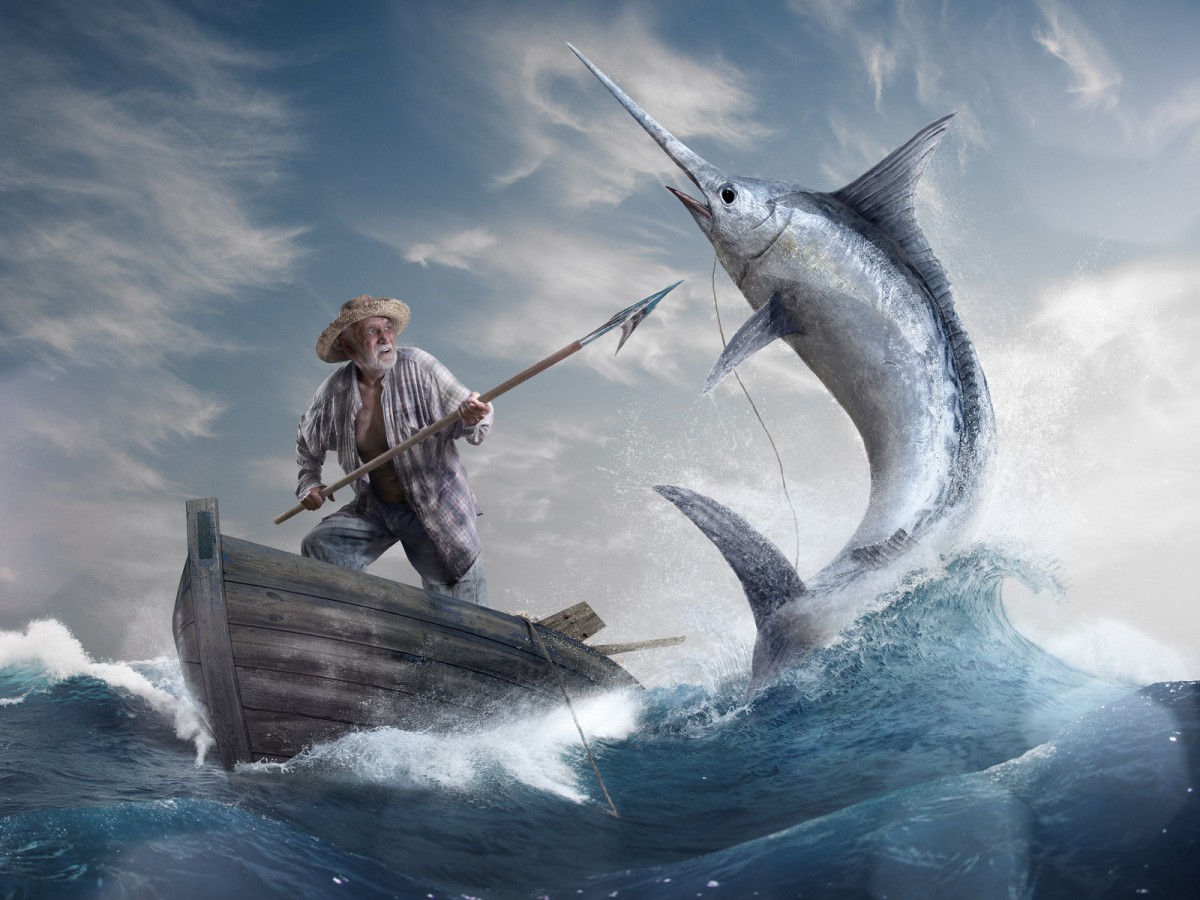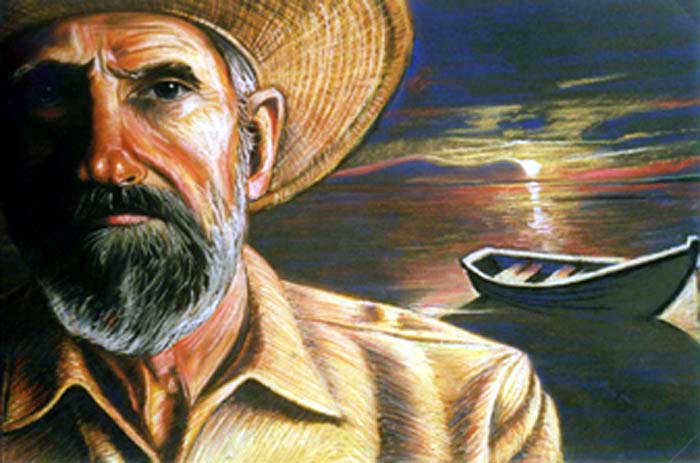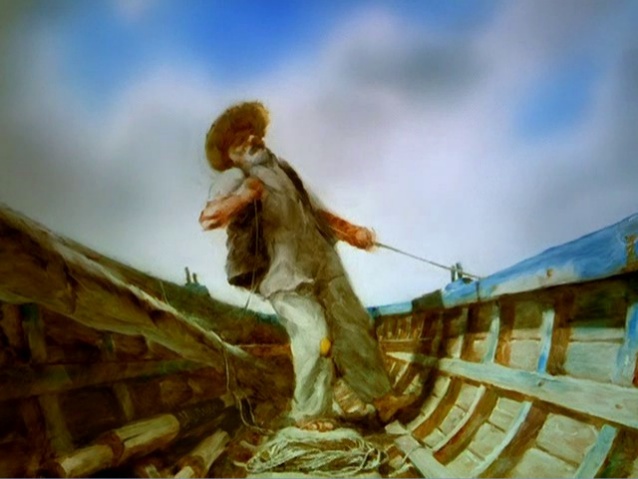
“The only possible beauty in drama is peasant drama” – so says Synge in his preface to The Playboy of the Western World. Synge was in a favor of a vital regionalism in literature and his commitment to the Irish dramatic revival was unmistakable. On the suggestion of W.B Yeats we went to the Aran… Continue reading Riders to the Sea Theme and Central Idea






Tragedy is remarkably economical in its exploitation of great visual archetypes – those stark icons which radiate behind the tragic action and illuminate the universal agony within the private grief. Of all such icons, the most poignant is perhaps, that of “Pieta” – the image of sorrowing Mary mourning her dead son – an icon… Continue reading Riders to the Sea Notes and Explanations






Synge’s Riders to the Sea has a unique place in dramatic history. The essence of its uniqueness lies in the creation of a true tragedy within its boundaries of a one act play. At first sight, the plot would seem too trivial and the characterization too faintly sketched to enable the playwright to build up… Continue reading Riders to the Sea Analysis and Summary


The Old Man and the Sea was the result of Hemingway’s deep desire for disengagement from the social world and an entry into the natural. Hemingway’s heroes from Nick Adams onwards were caught in the bleak trap of society within which man was doomed to struggle, suffer and perish, but not Santiago who asserted his… Continue reading The Old Man and the Sea Essay: Man’s Archetypal Battle with Nature


“Old Man and the Sea” was presumably part of Hemingway’s “Sea Book trilogy.” The Bimini and Cuba sections of his “Islands in the Stream” were the “The Sea When Young” and “The Sea When Absent” parts of the trilogy, and Santiago’s story was supposed to be titled “The Sea in Being.” The presence of the… Continue reading The Old Man’s Relationship with the Sea: Critical Appreciation


After the First World War the place of the traditional hero in Western Literature was usurped by protagonists in the line of Kafka’s Mr. K. Hemingway’s protagonist from Nick Adams onwards are hemmed in like their prototype by a bewildering cosmos of society which confined them by stifling their spirits. Most of Hemingway’s novels emphasized… Continue reading The Old Man and The Sea Themes


The last novel to be published during Hemingway’s lifetime was The Old Man and the Sea, a work which Hemingway would identify as a new form. The precise generic classification of the work would be inconsequential although it is apparent that it is much more than just a wonderfully written narrative. Critics have discerned various… Continue reading The Old Man and the Sea Summary by Ernest Hemingway


The narrative structure of Old Man and the Sea is basically a chronological account of events stretching roughly four days. Such a narrative is structurally quite simple but the employment of the structural devices of framing and flashback widens the context and significance of the novella’s basic fishing tale. However, the two structural devices used… Continue reading Explanation of The Old Man and The Sea: Narrative Structure






“Pied Beauty” By Gerald Manley Hopkins is essentially a modern hymn that celebrates God’s fathering of Nature. What gives this poem its energy is not just its sprung paeonic rhythm and succinct sound-sculpturing; but a strong religious fervor which is internalized within every word and sound of the poem. Gerald Manley Hopkins – the priest… Continue reading Explanation of Pied Beauty as a Devotional Poem






Pied Beauty is one of the most anthologized poems of G.M Hopkins not only because of the palpable strain of Hopkins’ exquisite religious fervor that vitalizes the poem but also because of Hopkins’ visible efforts in this piece to usher modernity in. What we see in this poem is a dismantling of the usual norms… Continue reading Theme of Pied Beauty: As a Modern Poem/Innovative Quality





